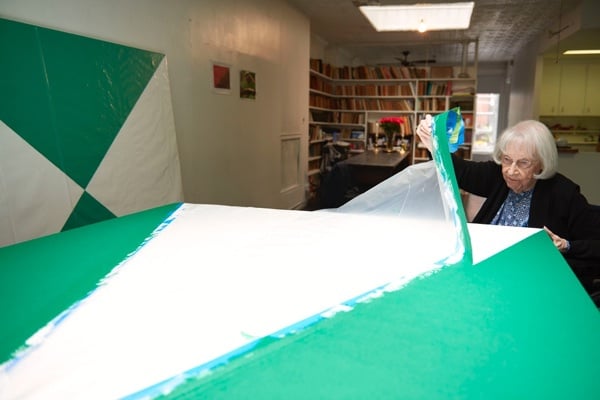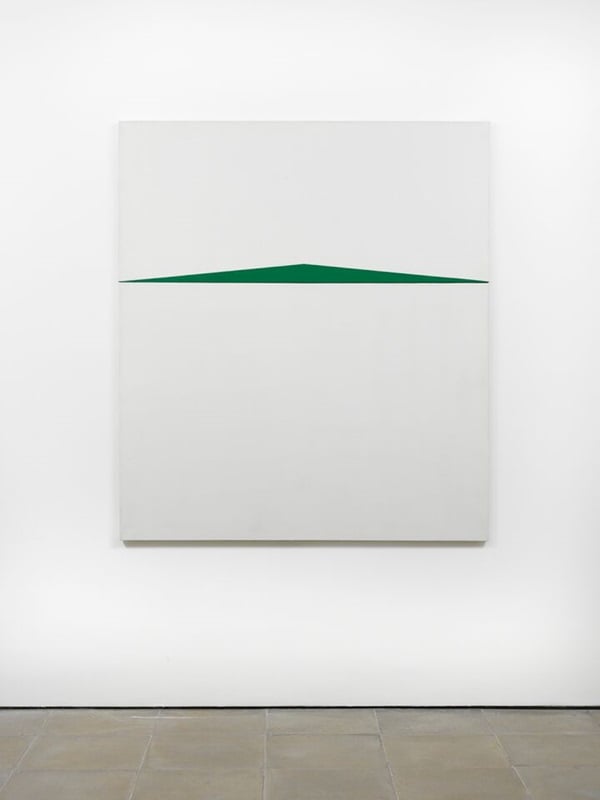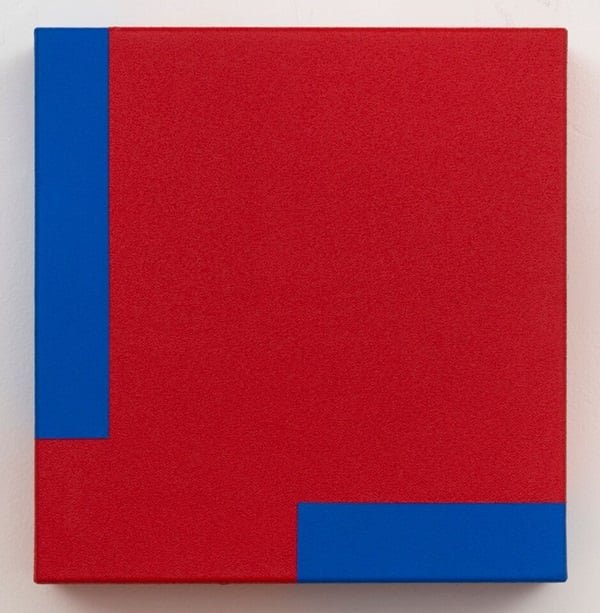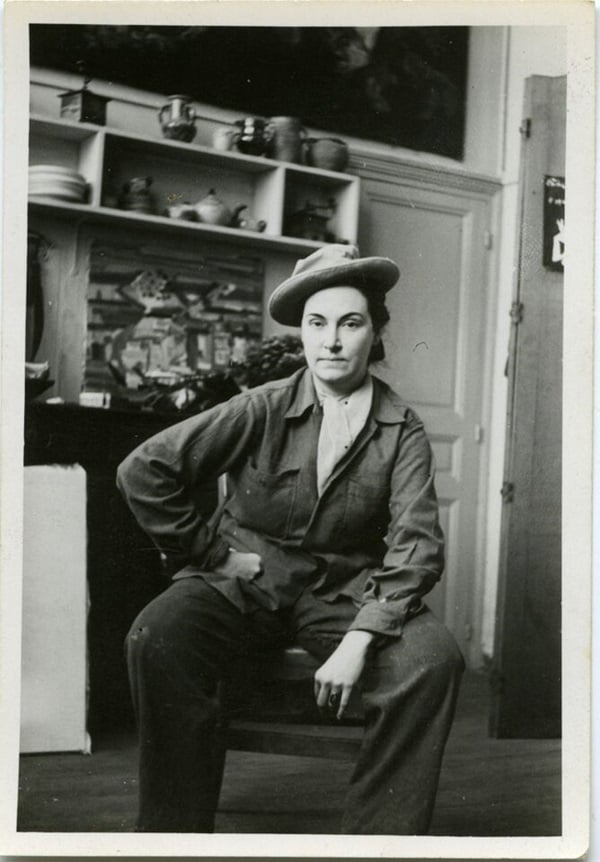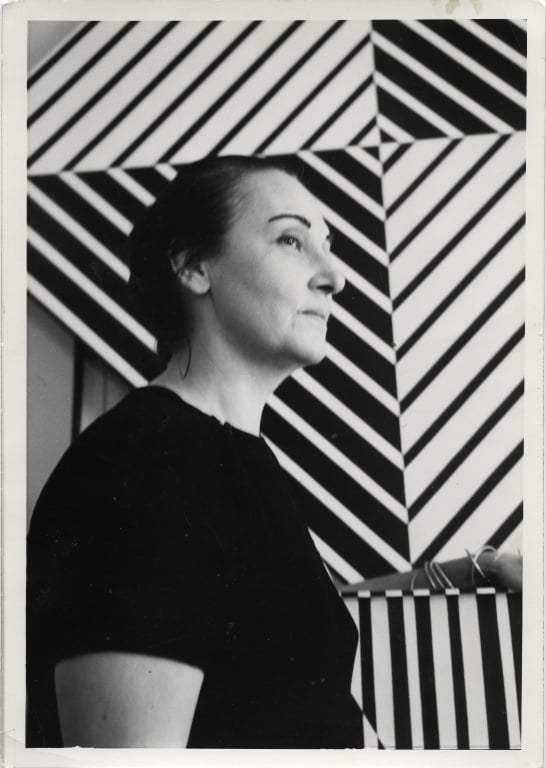Latin American art sells for $22.7 million at Christie's auction
Christie's on Wednesday, November 23 wrapped up one of its biggest auctions of Latin American art at $22.7 million, with seven Cuban painters drawing record prices as interest in the region's artists climbs, according to AFP.
In a two-day sale, Christie's auctioned nearly 300 lots of five major private collections. Although the total came in below the expected $30 million, it was still one of the auction house's largest takes for Latin American art.
"There were strong results for the collection of Cuban works belonging to a single owner, with active bids that earned many lots more than double the initial estimates," Virgilio Garza, Christie's Latin American art chief, said in a statement.
"This auction means that modern Cuban painting is back," he added. Buyers from 36 countries took part in the bidding.
"Sandias" ("Watermelons") by Mexican artist Rufino Tamayo, an almost abstract work of explosive colors, drew the highest sale price: $2.16 million after a telephone fight between two buyers.
"The subject of Tamayo's 'Watermelons' is perhaps one of the most recurrent and most important in his work. And he is very personal, almost nostalgic about his childhood and his people, Oaxaca," Marisol Nieves, a Latin American art expert.
Seven Cuban artists obtained record prices for their work -- six modernists and one contemporary -- including Mariano Rodriguez for "Pelea de gallos," ("Cockfight") which was sold for $1.08 million.
Most of the Cuban works came from a mysterious Cuban-American seller living in Florida who amassed an impressive collection of modern Cuban art for more than 30 years.
Other Cubans who achieved record prices for works were Esterio Segura, Fidelio Ponce de Leon, Carlos Enriquez, Rene Portocarrero, Victor Manuel and Domingo Ramos.
Two other artists broke their own records at the auction: Uruguay's Pablo Atchugarry for a marble sculpture which sold at $ 439,500, and Argentina's Guillermo Kuitca for his triptych "Deng Haag-Praha" painted on mattresses for the Biennale de Sao Paulo in 1989, which sold for $511,500.
By PanARMENIAN.Net
